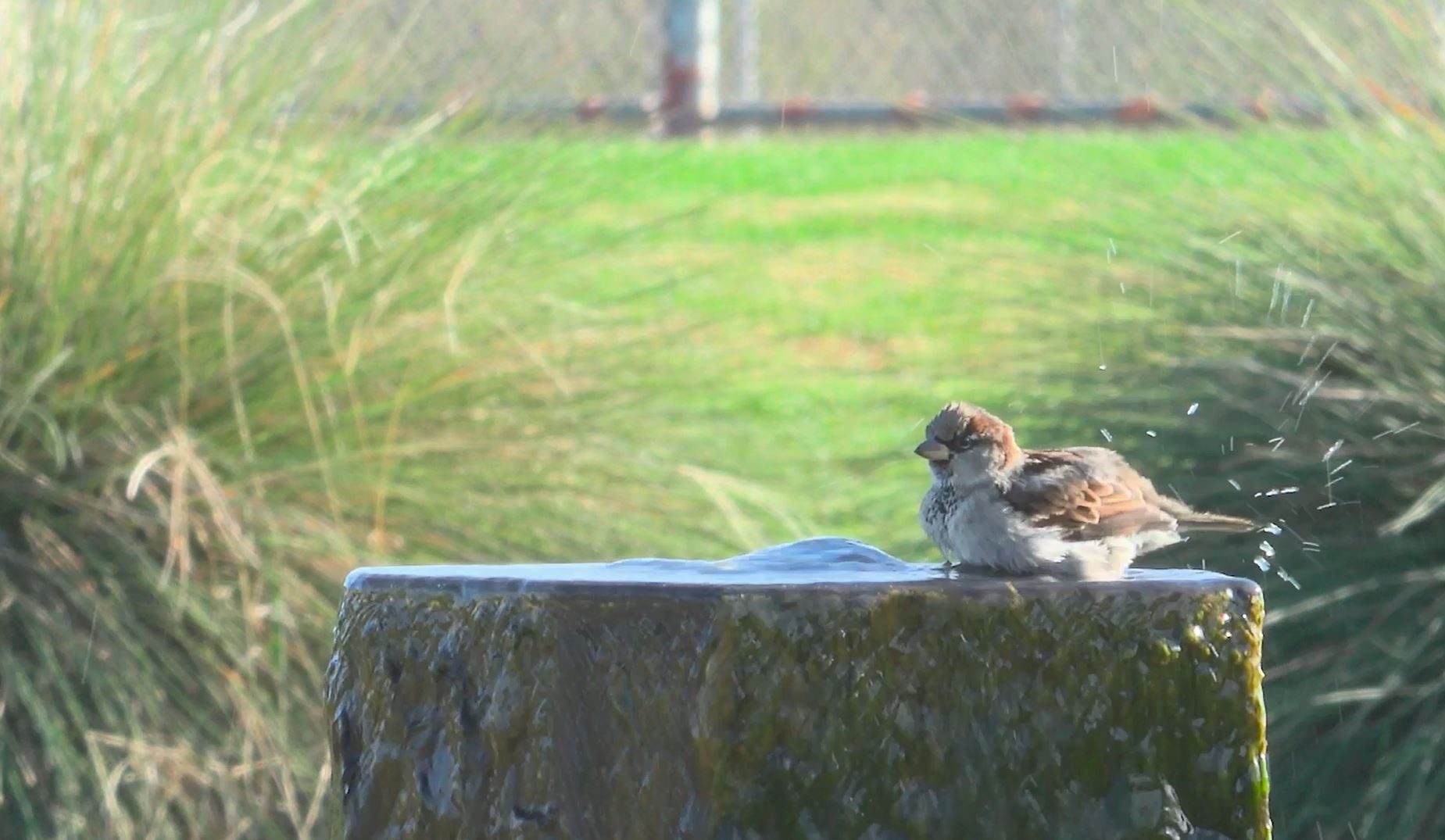Transforming incarceration: Exploring the California Model’s approach to normalization
The California Model signifies systemwide change within CDCR/CCHCS, a transformation informed by international best practices. At its core, this initiative addresses longstanding challenges associated with incarceration and seeks to improve prison working and living conditions. One critical aspect of the California Model is its emphasis on “normalization,” a principle aimed at bringing the prison experience closer to life outside its walls.
Watch the video:
The Four Pillars of the California Model
The California Model is built on four foundational pillars: normalization, dynamic security, peer mentorship, and becoming a trauma-informed organization. We’ll explore the three remaining pillars in future articles; visit the California Model website to learn more.
Normalization works to create a prison experience that mirrors life in the broader community. The rationale is clear: the more life in prison is aligned with life outside, the transition will be smoother for individuals upon release.
Lt. Humberto Gastelum, Administrative Assistant/Public Information Officer (AA/PIO) at Valley State Prison (VSP), highlights this shift, drawing a parallel with practices observed in Norway.
“The staff in Norway do everything with the population. They eat together, work out together, play ball together, run the track together,” Gastelum said. “Those are things that we want to change at VSP.”
Strategies for achieving normalization
Institutions are encouraged to diversify activities for incarcerated individuals. This includes involving their loved ones when appropriate, such as celebrations and visiting events. Ongoing commitments to normalization also include continuous improvements in furniture and bedding choices, ensuring a comfortable and attractive environment.
Additionally, the California Model promotes the creation of beautiful spaces in institutional settings, such as gardens, artwork, and other beautification efforts. According to Lt. Monique Williams, AA/PIO at Central California Women’s’ Facility (CCWF), the changes are apparent.
“We understand we are in the middle of prison reform, but this feels more like prison transformation,” she said.
Collaboration and learning from Norway
The department’s commitment to positive change extends beyond California’s borders. CDCR/CCHCS collaborates with the Amend Program at the University of California, San Francisco, sending leaders to Norway. This is followed by receiving training in normalization and other California Model tenets.
The goal is to learn from Norway’s successful approach to normalcy in corrections, focusing on lowering recidivism, increasing post-release employment, and enhancing employee wellness.
Moving forward
The California Model is not just a theoretical framework; it’s being put into action. Eight prisons, including VSP and CCWF, serve as test sites for scalable possibilities across all CDCR prisons. Even if not technically designated a test site, every institution is encouraged to implement California Model principles.
As CDCR collaborates with subject matter experts, incorporating the California Model pillars statewide, the journey toward prison system transformation is gaining momentum.
The focus is on creating a rehabilitative environment to equip individuals with the tools to lead successful lives post-incarceration. This is done while maintaining – and improving – safety and security as well as increasing staff wellness.
While Norway and California may differ significantly, the shared core principle remains the same: mutual respect.
The California Model invites us to be part of this transformative journey, fostering an environment where respect paves the way for a better future. Explore the California Model webpage for a deeper understanding of this commitment to change and progress.
Follow CDCR on YouTube, Facebook, X (formerly Twitter). Listen to the CDCR Unlocked podcast.
